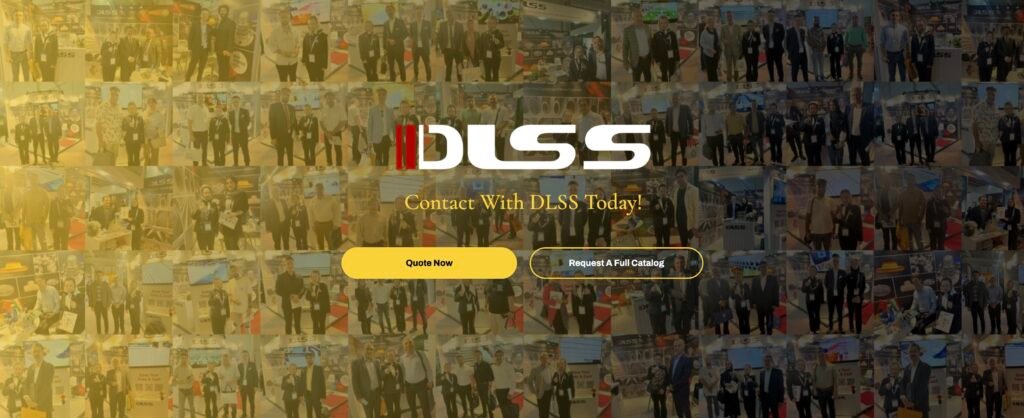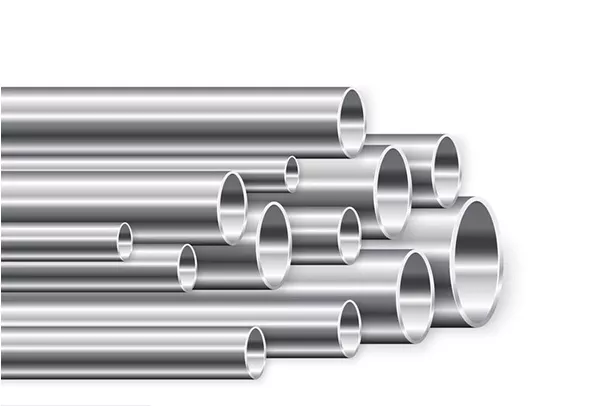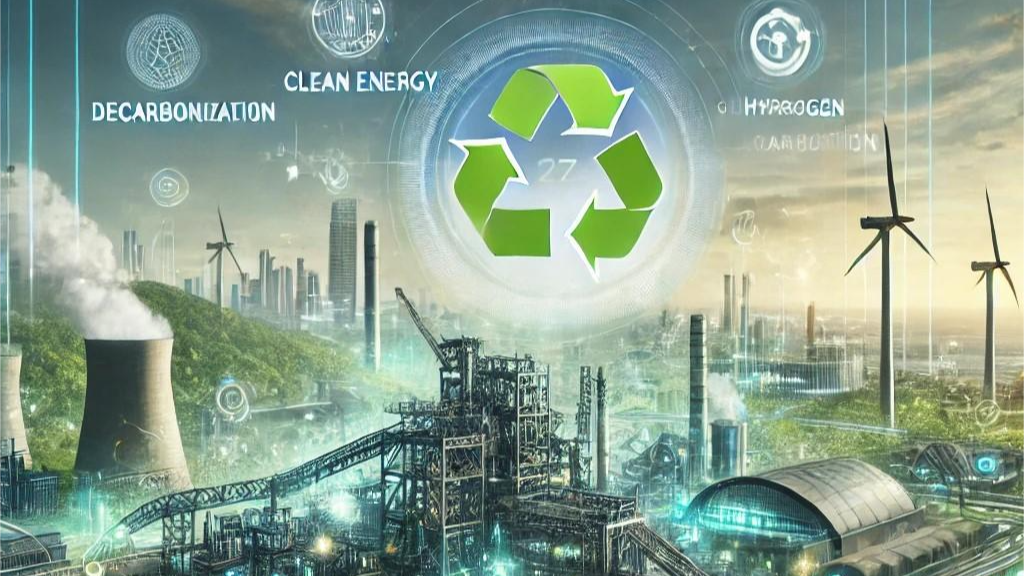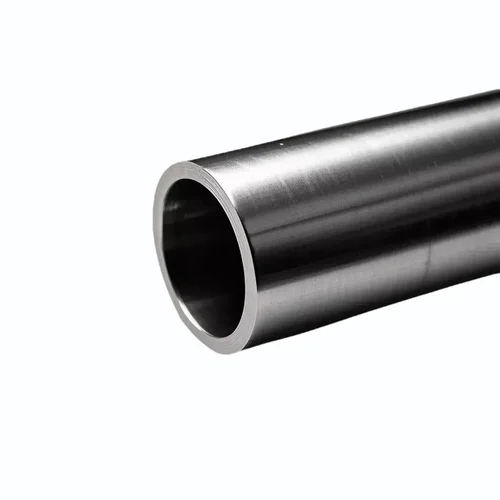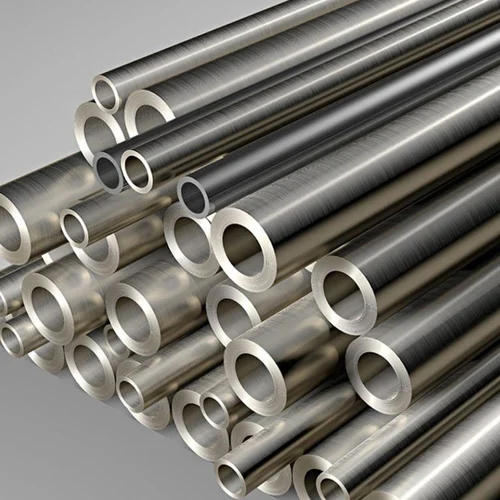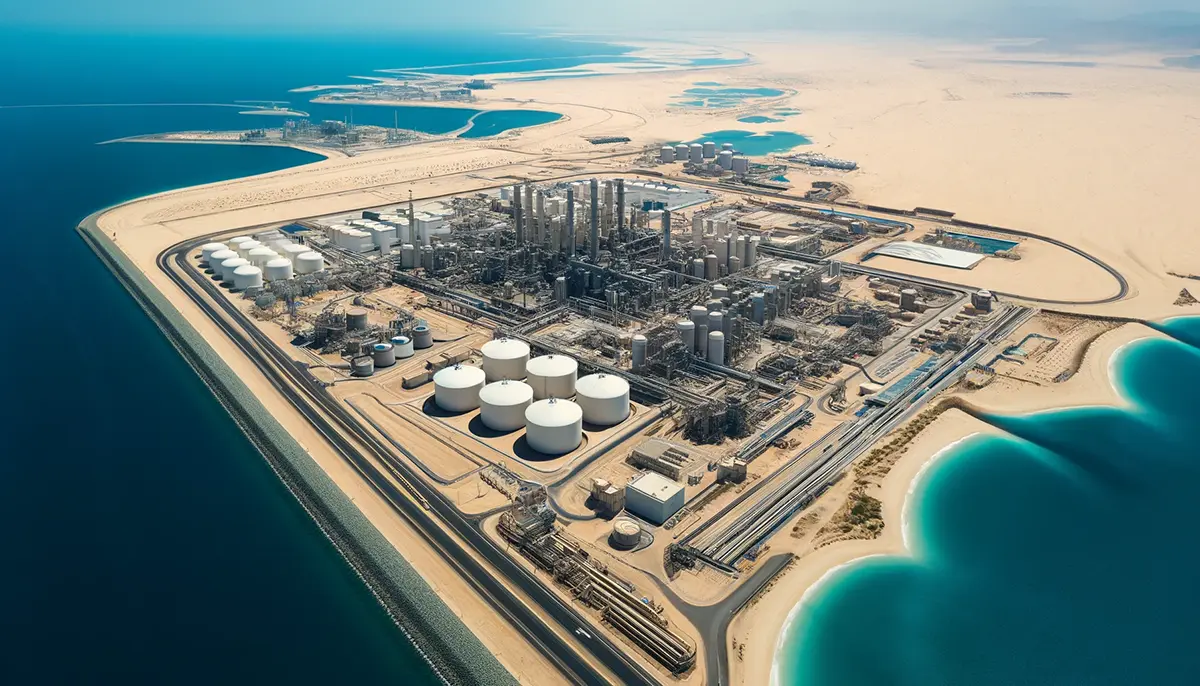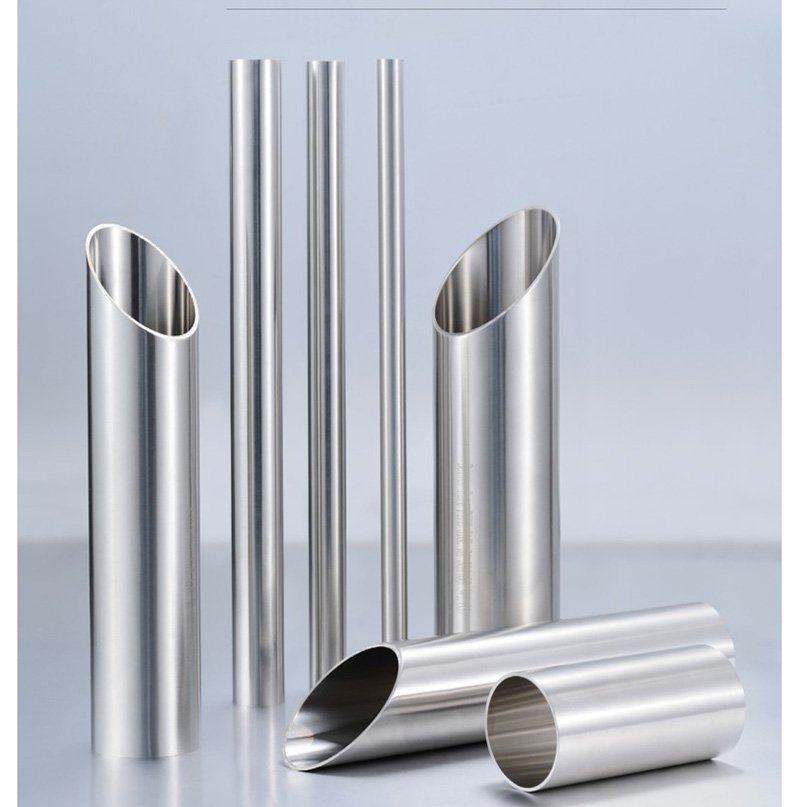Finned tube cleaning and maintenance are critical to ensuring optimal heat transfer performance and extending the service life of heat exchangers. Without proper care, fouling, corrosion, and fin damage can reduce efficiency and increase operating costs.
For background on preventing fouling, read our article How to Prevent Corrosion and Fouling in Finned Tubes. If you are still selecting finned tube types, see our Spiral vs Extruded Finned Tube Comparison.
1. Why Cleaning is Essential
Over time, finned tubes accumulate dirt, dust, scale, and biological growth, which act as insulation layers, reducing heat transfer efficiency. In severe cases, fouling can cause overheating, corrosion, and even tube failure.
2. Common Finned Tube Cleaning Methods
- Mechanical Cleaning – Using brushes or scrapers to remove deposits; suitable for accessible areas.
- High-Pressure Water Jetting – Effective for stubborn fouling but must be used with care to avoid fin damage.
- Chemical Cleaning – Using safe chemical solutions to dissolve scale and deposits; ideal for closed-loop systems.
- Air Blowing – For light dust and debris in air-cooled heat exchangers.
3. Maintenance Best Practices
- Routine Inspection – Visually check fins and tubes every 3–6 months.
- Protective Coatings – Apply anti-corrosion coatings for harsh environments.
- Proper Water Treatment – Prevent scale formation by controlling water chemistry.
- Avoid Over-Cleaning – Excessive mechanical cleaning can damage fins.
- Monitor Pressure Drop – A sudden increase may indicate fouling.
4. Cleaning Frequency Guidelines
- Industrial Boilers – Every 6–12 months
- Marine & Offshore Applications – Every 3–6 months
- Air-Cooled Heat Exchangers – Quarterly in dusty environments
5. Related Reading
For more detailed industry cleaning standards, visit ASHRAE’s Heat Exchanger Maintenance Guidelines.
DLSS offers high-quality finned tube manufacturing along with cleaning and maintenance consulting services to help clients reduce downtime and maximize performance.
Contact us at info@dlsspipe.com or visit www.dlsspipeline.com for expert advice and custom heat exchanger solutions.
